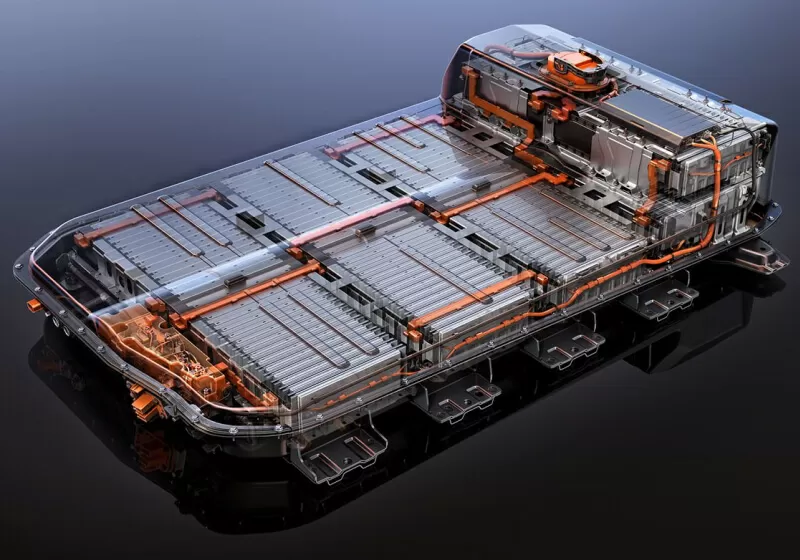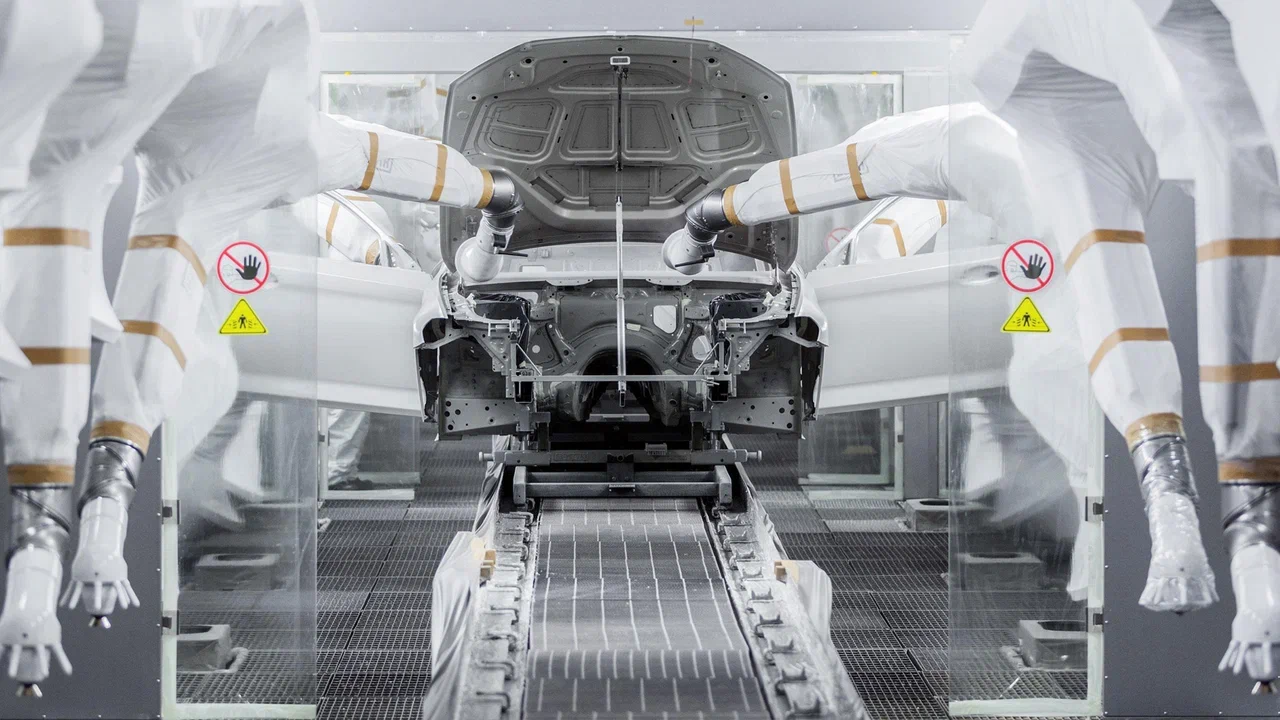Electric vehicles (EVs) are rapidly becoming popular as eco-friendly and sustainable transportation solutions. However, the lifespan of their batteries is limited, and what happens to them when they reach the end of their life is an important question. In this article, we will address the question of what happens to end-of-life electric vehicle batteries and provide information about their environmental impacts.
Structure and Lifespan of Electric Vehicle Batteries

Electric vehicles typically use lithium-ion batteries. These batteries enhance the performance of electric vehicles due to their high energy density and long lifespan. However, even lithium-ion batteries have a finite lifespan and gradually lose their capacity over time.
Battery Lifespan
The lifespan of electric vehicle batteries can vary depending on usage conditions and maintenance. Generally, an electric vehicle battery can last between 8-15 years. However, as the battery’s capacity decreases over time, it may need to be replaced when it falls below a certain level.
Fate of End-of-Life Batteries
So, what happens to end-of-life electric vehicle batteries? These batteries are not simply discarded; instead, they go through various processes to be reused or recycled.
Reuse: End-of-life batteries may not provide sufficient performance for electric vehicles, but they can still be used in other applications. These batteries can be repurposed in low-demand applications such as energy storage systems.
Second Life Usage: For instance, an end-of-life electric vehicle battery can be used for energy storage in homes or commercial buildings. This extends the battery’s lifespan, providing both economic and environmental benefits. Second life usage also offers an ideal solution for integrating renewable energy sources. Energy generated from solar panels or wind turbines can be stored in these batteries, stabilizing energy supply.
Recycling
When batteries are completely exhausted, recycling comes into play. Lithium-ion batteries contain valuable metals and other materials. Recovering and reusing these materials is of great environmental importance.
Recycling Process
The recycling process begins with the dismantling of batteries and the separation of their components. Lithium, cobalt, nickel, and other metals are recovered and can be used in the production of new batteries. This process helps conserve natural resources and reduce environmental impacts.
Environmental Impacts
Proper management of end-of-life batteries is critical in reducing environmental impacts. Directly discarding batteries into nature can lead to soil and water pollution. Therefore, recycling and reusing batteries is the most sustainable approach for environmental protection.
Future Trends in Battery Management

As electric vehicles become more widespread, new technologies and strategies are being developed for battery management. These developments are important steps in extending battery life, increasing recycling efficiency, and minimizing environmental impacts.
- Advanced Recycling Technologies: The advancement of recycling technologies allows for more efficient recovery of valuable materials in batteries. New methods enable the recovery of lithium and other metals with high purity, improving the quality of materials used in the production of new batteries.
- Battery Remanufacturing: Battery remanufacturing involves reprocessing end-of-life batteries to make them usable again as new batteries. This process restores the battery’s performance and makes it reusable. Remanufacturing is an effective way to reduce battery waste and conserve natural resources.
- Energy Storage Systems: The second life usage of electric car batteries holds great potential in the field of energy storage systems. These systems enable more efficient use of renewable energy sources and help balance energy supply. Repurposing end-of-life batteries in this way significantly contributes to sustainable energy solutions.
You can visit the general category for more content like “What Happens to End-of-Life Electric Vehicle Batteries?”
Role of Electric Vehicle Manufacturers
Electric vehicle manufacturers play a crucial role in battery recycling and reuse. Many manufacturers have developed various programs and partnerships for the recovery and reuse of batteries. These programs aim to ensure that batteries are managed and reused without harming the environment.
- Manufacturer Responsibility: Manufacturer responsibility encompasses the effective management of recycling and reuse processes when batteries reach the end of their life. Electric vehicle manufacturers are developing innovative solutions and investing in this area to minimize the environmental impacts of batteries.
- Collaborations and Innovations: Electric vehicle manufacturers collaborate with companies developing recycling technologies and research institutions to produce innovative solutions in battery management. These collaborations take significant steps to increase battery recovery rates and reduce environmental impacts.
End-of-life electric vehicle batteries can be managed through reuse and recycling processes to minimize environmental impacts. Reuse extends the lifespan of batteries, providing significant benefits in applications such as energy storage systems. Recycling allows for the recovery of valuable materials contained in batteries. The collaboration between electric vehicle manufacturers and recycling companies ensures the effective management of these processes and the achievement of sustainability goals. Managing electric car batteries is crucial for environmental protection and sustainable transportation solutions.
You might be interested in:
Electric Utility Vehicles: Usage Areas and Advantages
Do Electric Vehicles Have Catalytic Converters?
Do Electric Vehicles Have Engine Oil?

